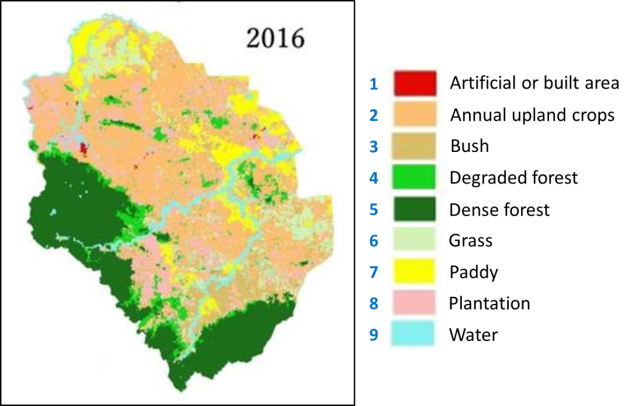LULC Classification
The last 40 years were divided into 6 different time series to illustrate the significant changes in time and space. Based on the results of supervised of remote sensing[1] data from Landsat[2] imageries, there are 9 classes of land cover[3] identified as following: |
Complement : Landsat image gallery
The Landsat satellite record stretches from 1972 to the present. This gallery includes all Landsat images published on the Earth Observatory, Visible Earth, and Landsat Science web sites from all seven Landsat satellites (Landsats 1-8, Landsat 6 failed to achieve orbit). All of the images are in the public domain and may be used with attribution.








